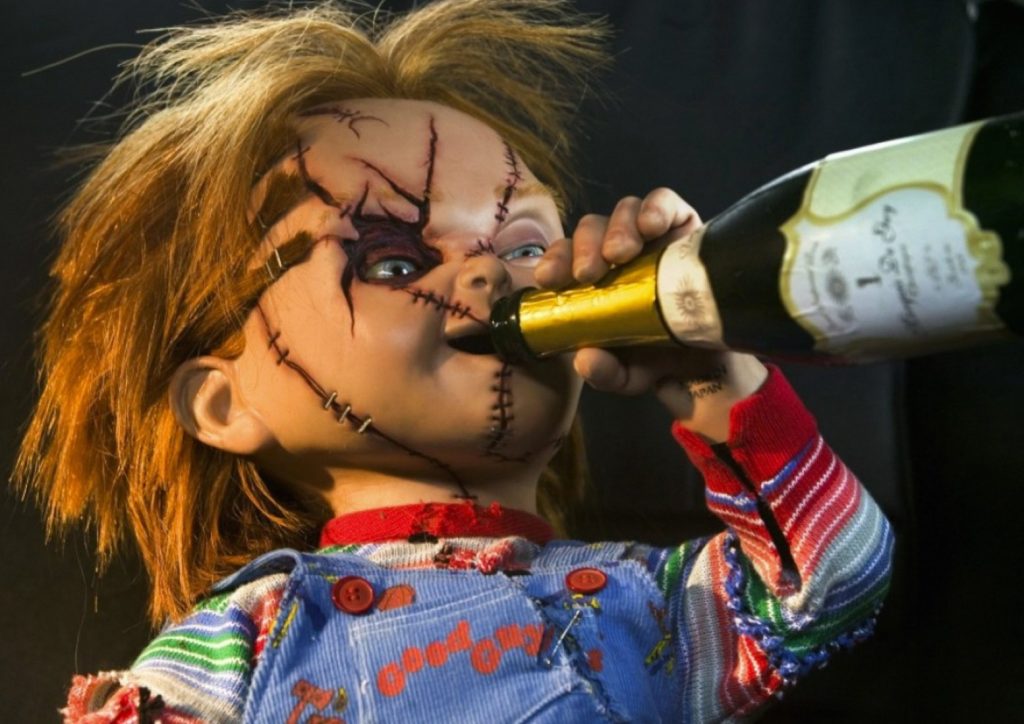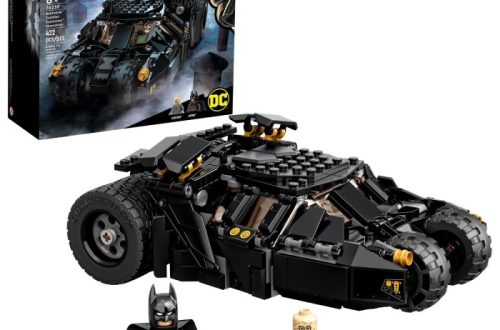The unassuming “Good Guy” doll takes on a horrifying twist in the form of Chucky, the pint-sized possessed villain who has haunted audiences for over three decades. This exploration delves into the twisted origins of the character, analyzes the psychological impact of Chucky, and examines his enduring legacy in the horror genre.
Part 1: From Screenplay to Nightmare – The Birth of a Killer Doll
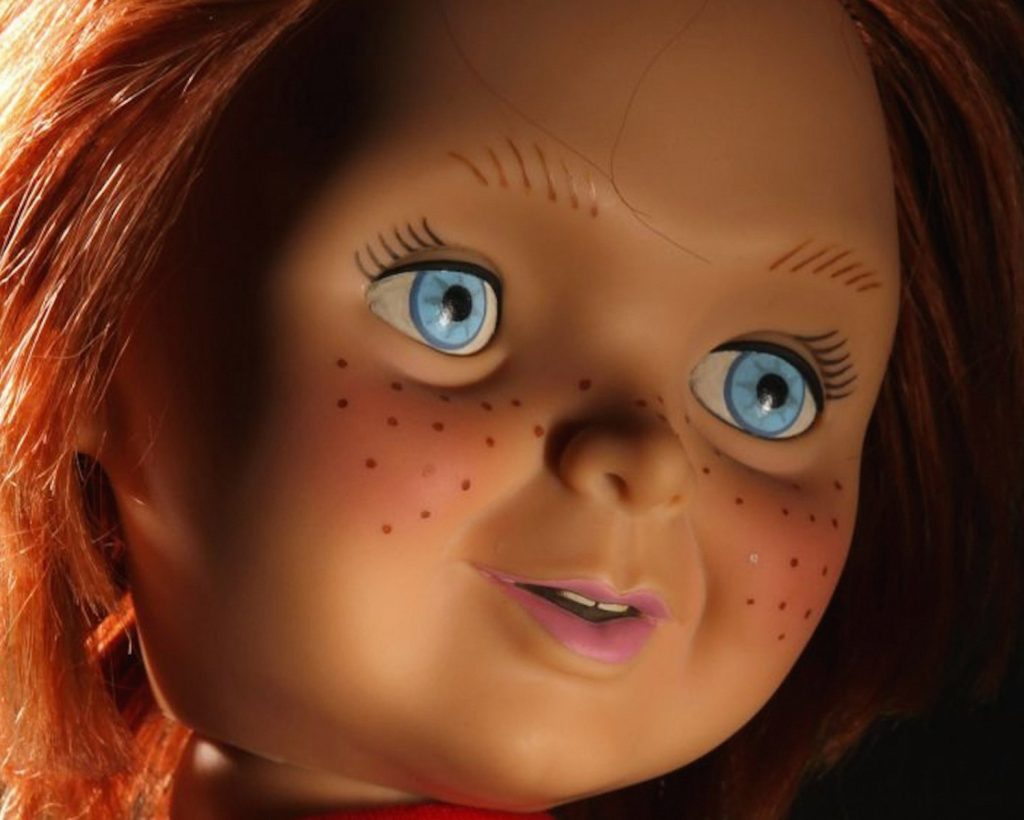
A Soul Stitched into a Toy: Chucky’s Origin Story
The 1988 film “Child’s Play” introduces us to the notorious serial killer Charles Lee Ray. Faced with a fatal shootout, he uses a powerful voodoo ritual to transfer his soul into a seemingly harmless “Good Guy” doll. Now trapped in the doll’s body, Chucky retains his murderous intent and seeks a way to return to a human form. As the story unfolds, Chucky’s pursuit of a new human vessel to possess forms the central premise of the narrative. The film follows the horrific consequences of Chucky’s relentless pursuit and the terror he inflicts on those in his path. The juxtaposition of an innocent-looking doll housing the malevolent spirit of a killer creates a chilling atmosphere of suspense and terror. This premise has led to the enduring popularity of Chucky as a character in the horror genre. Chucky captivates audiences with his unnerving and menacing presence.
A Blend of Darkness and Humor: Inspiration Behind the Character
Chucky’s chilling persona draws inspiration from various sources. Some connect him to anxieties surrounding the popularity of life-like dolls in the late 1980s. His small stature and childlike appearance juxtaposed with his violent actions create a disturbing sense of dark humor, a hallmark of the franchise. Additionally, the films can be interpreted as social commentary on consumerism’s influence and the corrupting power of television.
Part 2: A Character Study in Terror – The Psychology of Chucky
The Violation of Childhood Comfort: Why Chucky is So Scary
A significant part of Chucky’s horror stems from his violation of a fundamental childhood comfort object – the doll. Traditionally seen as a source of comfort and companionship, Chucky’s murderous actions subvert this expectation, creating a sense of unease and unsettling the viewer’s sense of security. Dolls, meant to be nurturing, become a vessel for pure evil.
Voice and Personality: Amplifying the Terror
Despite his small size, Chucky’s menacing personality is amplified by the iconic voice acting of Brad Dourif. Dourif’s portrayal imbues Chucky with a chilling blend of childish glee and unhinged rage, making him a truly terrifying villain. Chucky’s frequent use of profanity and pop culture references adds to his unsettling nature, creating a sense of dissonance between his cute appearance and his violent actions.
Part 3: A Legacy of Sequels and Subversions: Chucky’s Evolution Through Film
Beyond the Original: A Universe Built on Camp and Horror
The success of “Child’s Play” spawned a series of sequels. These explored different aspects of Chucky’s character and the franchise’s mythology. The sequels range from the campy horror of “Child’s Play 2” to the more self-aware humor of “Bride of Chucky” and “Seed of Chucky.” These films explore themes of family, gender identity, and the nature of good versus evil. They offer a surprising depth alongside the scares.
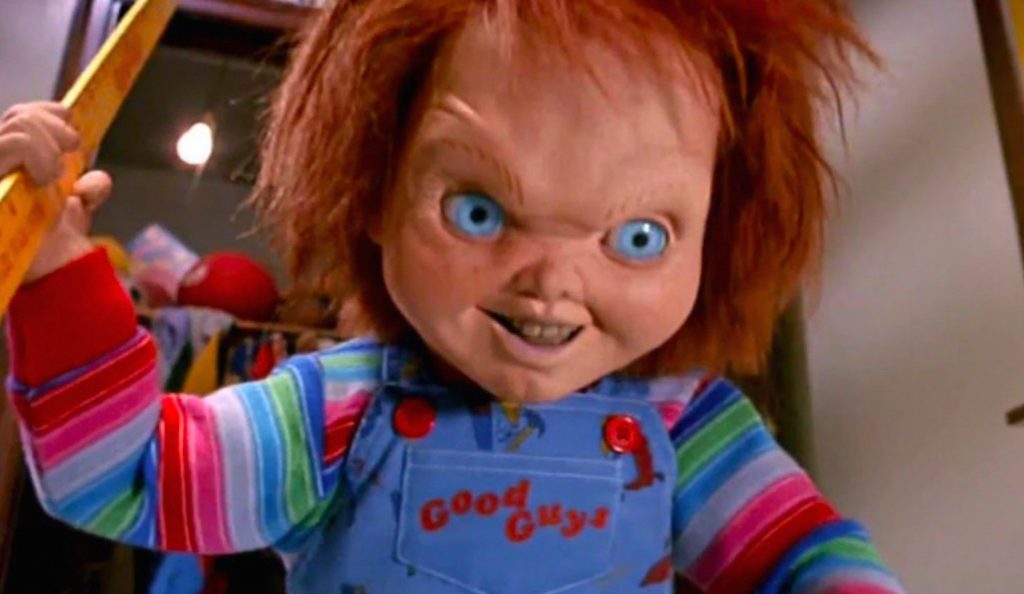
From Big Screen to Small Screen: Chucky’s Modern Relevance
In 2021, the “Child’s Play” franchise received a television reboot titled “Chucky.” This series revisits the iconic character. It delves deeper into the voodoo lore that allows Chucky to transfer his soul. This provides a fresh perspective on the origins of his malevolence. By exploring the mythos and backstory of Chucky, the series offers a more in-depth understanding of the character’s motivations and the forces that drive him. Additionally, the television series delves into the impact of Chucky’s actions on the lives of those who encounter him. It examines the lasting trauma inflicted by Chucky’s reign of terror. It also explores the emotional and psychological toll his malevolence takes on his victims and those around them. This exploration of the human cost of encountering Chucky adds depth and complexity to the narrative, enriching the lore and legacy of the franchise.
Part 4: A Guaranteed Scream: Why Chucky Remains a Horror Icon
A Villain You Can’t Forget: The Enduring Appeal of Chucky
Chucky’s enduring popularity can be attributed to several key factors. His diminutive stature and seemingly harmless appearance create a sense of unease; the threat he poses feels unpredictable. His relentless pursuit and murderous outbursts throughout the franchise ensure a constant sense of danger and suspense for viewers. Even a seemingly innocent child playing with a doll can turn deadly in an instant.
A Character That Evolves with the Times:
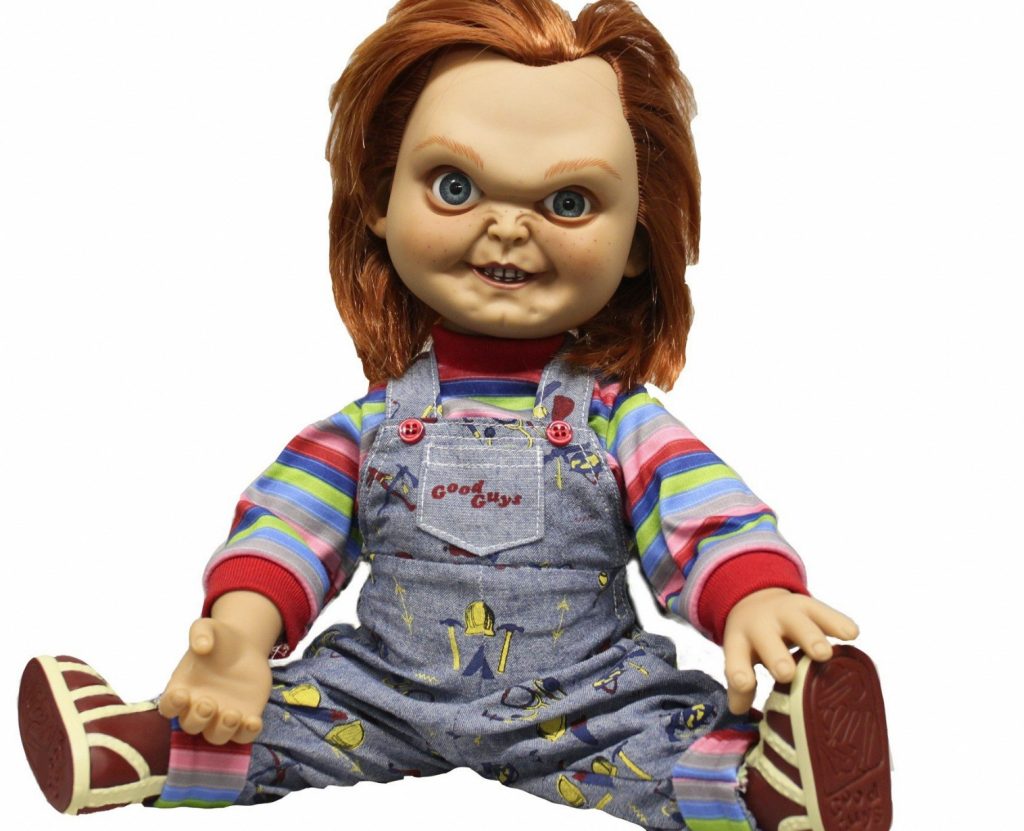
The “Child’s Play” franchise has successfully reinvented itself over the years, adapting to changing societal anxieties and horror trends. The ability to tap into these anxieties, coupled with his dark humor and iconic personality, allows Chucky to remain relevant in the horror genre. The franchise doesn’t shy away from social commentary, adding layers to Chucky’s character and keeping him fresh for new audiences.
From his disturbing origins to his chilling personality and ever-evolving presence in film and television, Chucky, the possessed doll, has cemented his place as a true horror icon. Chucky’s influence extends beyond the films. The character has become a pop culture phenomenon, spawning a wide range of merchandise, from action figures and clothing to collectibles and home decor. This allows fans to engage with the franchise and showcase their appreciation for the character. Additionally, the ongoing popularity of Chucky has fueled countless fan theories and discussions about the character’s backstory, motivations, and potential future storylines. This level of fan engagement keeps the character relevant and ensures his continued presence in horror conversations.
Conclusion: A Tiny Terror with a Big Legacy
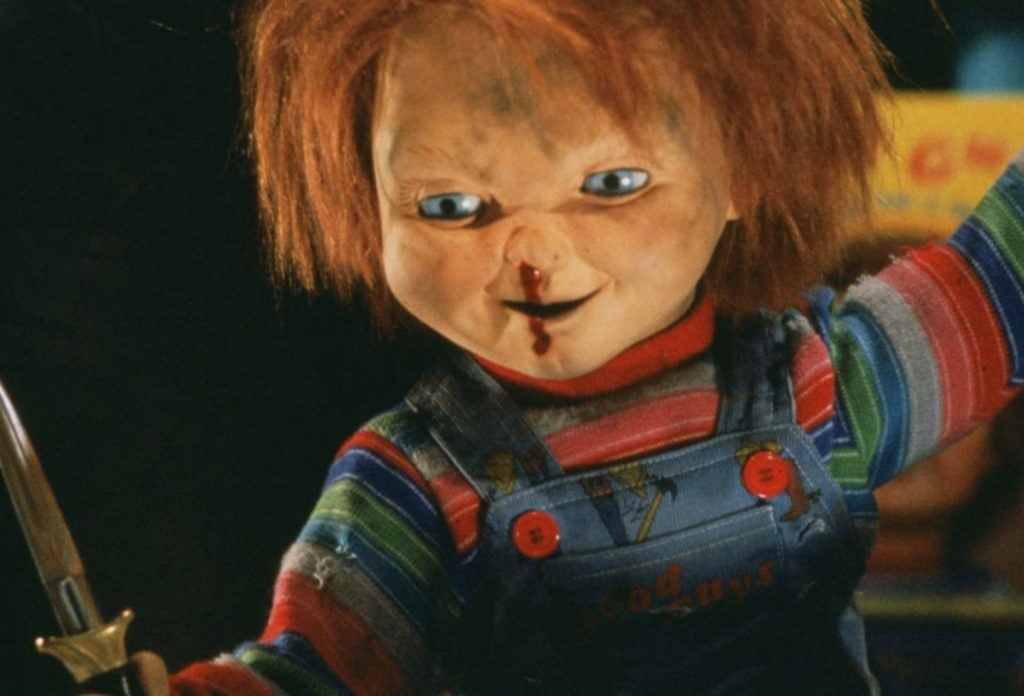
Chucky, the pint-sized possessed doll, has transcended his origins as a horror movie villain to become a cultural icon. His combination of terror, dark humor, and social commentary continues to resonate with audiences. The “Child’s Play” franchise’s ability to reinvent itself and explore new themes ensures Chucky’s place in horror history. Chucky will likely remain a guaranteed scream for generations to come. It’s as long as audiences crave a jolt of fear and a doll with a killer attitude. Whether lurking on the big screen, the small screen, or even adorning a fan’s shelf as a collector’s item, Chucky’s legacy as a pop culture phenomenon and horror icon seems certain to endure.
